STEM education is more critical than ever in the digital age, and finding ways to engage students in science, technology, engineering, and math can be challenging. AI kits offer an innovative solution to bring STEM to life, making learning interactive and exciting.
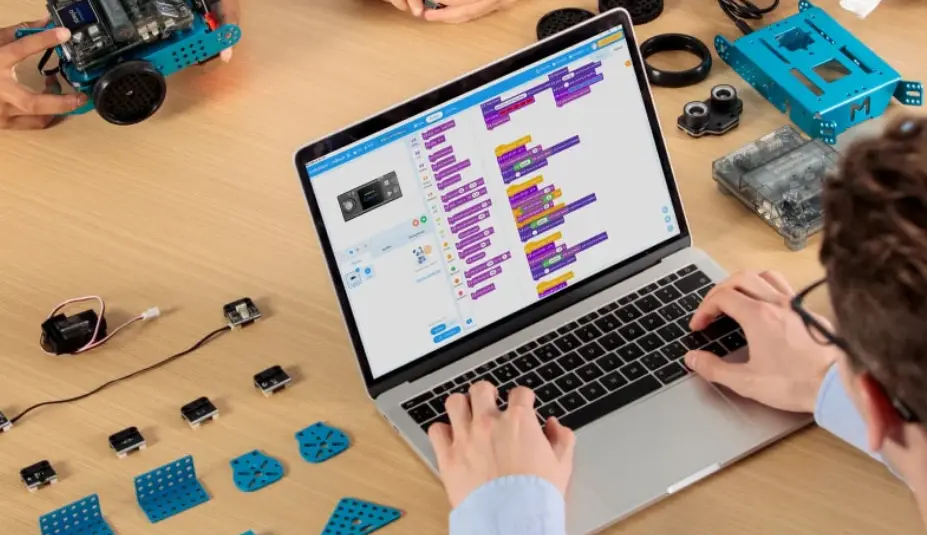
Understanding AI Kits and Their Role in STEM
AI kits are tools designed to introduce students to artificial intelligence through hands-on activities and projects. These kits typically include components like sensors, microcontrollers, and software that allow young learners to build and program their AI projects. Imagine a classroom buzzing with the excitement of students as they assemble robots or program sensors, a real-world application of theories they’ve only read about in textbooks. This process bridges the gap between theoretical knowledge and practical application, making abstract concepts tangible and easier to understand.
One major advantage of AI kits is their versatility. They can be tailored to suit different educational levels, from primary school learners intrigued by basic robotics to university students delving into complex machine learning algorithms. Each kit provides a comprehensive pathway to understanding AI, gradually increasing in complexity as students’ skills develop. This adaptability ensures that all students, regardless of their starting point, have the opportunity to grow and succeed in STEM disciplines.
In a world where technology is interwoven into the fabric of daily life, understanding AI is no longer optional—it’s essential. AI kits serve as an approachable entry point into this complex field, demystifying AI concepts through inviting, student-friendly projects. By starting with accessible tasks that gradually build in complexity, students can feel a sense of achievement early on, which boosts confidence and encourages continued exploration into STEM subjects.
How AI Kits Enhance Student Engagement
By engaging students in interactive projects, AI kits transform traditional learning environments. These kits encourage creative thinking, problem-solving, and collaboration, making STEM subjects more accessible and fun for students of all ages. Interactive learning fosters engagement among students, as they are not just passive recipients of knowledge but active participants in the learning process. For instance, working on a project that involves programming a robot to perform a specific task can spark an interest in coding and logical thinking.
The hands-on nature of AI kits means that learners are constantly involved in a cycle of trial, error, and discovery. This process not only enhances technical skills but also instills a growth mindset—a crucial attitude for success in any scientific field. The freedom to experiment and make mistakes in a safe environment helps students learn resilience and perseverance, critical skills in any discipline. As they collaborate on projects, students also develop teamwork and communication skills, learning to effectively convey technical information and ideas.
AI kits offer a multifaceted learning experience that extends beyond traditional classroom settings. They empower students to take control of their learning journey, encouraging them to ask questions, seek solutions, and innovate. By providing a platform for experimentation, these kits nurture an inquisitive spirit in students, fostering a deep-rooted passion for STEM that can last a lifetime. These benefits are complemented by the opportunity to incorporate AI ethics discussions, preparing students not only to create technology but to reflect on its impact.
Real-World Applications of AI Kits in Classrooms
Teachers can use AI kits to simulate real-world scenarios, such as building smart systems to solve everyday problems. This practical approach helps students understand how STEM subjects can be applied in developing AI solutions that impact their daily lives. For example, students can work on creating automated watering systems for gardens that adjust based on weather data, linking practical AI concepts with tangible outcomes that they can see and touch.
AI kits allow for exploration into fields like environmental science, where students might develop sensors to monitor air quality or experiment with energy-efficient designs for solar-powered devices. Such projects not only demonstrate the global benefits of AI but also empower students to think critically about sustainability and innovation. Students begin to see themselves as contributors to technology development, rather than mere consumers, thereby enhancing their confidence and sense of agency in the field of STEM.
These applications prepare students for careers in emerging industries by providing a glimpse into real-world problem-solving and technology implementation. The ability to translate classroom lessons into practical applications is paramount in building a meaningful educational experience, where students can appreciate the relevance of their studies as they see AI’s potential to reshape industries like healthcare, transportation, and environmental conservation. By working with AI kits, students gain firsthand experience of how their education can have a direct impact on society and on global challenges.
Tips for Choosing the Right AI Kit for Your Classroom
Selecting the right AI kit involves considering factors like age appropriateness, learning objectives, and available resources. By choosing a kit that aligns with curriculum goals, educators can maximize learning outcomes and keep students motivated. It’s crucial to assess the skills that a kit aims to develop—such as coding proficiency, robotics, or data analysis—ensuring they correspond with the intended learning trajectories of the students.
Another factor to consider when selecting an AI kit is the level of support and resources provided by the manufacturer. Comprehensive support material, such as detailed manuals, online tutorials, and active user communities, can make a significant difference in the ease of integrating AI kits into the classroom. Additionally, opting for kits that provide incremental challenges allows students to continuously advance their skills, moving from simple to more complex projects with confidence.
An important consideration is the flexibility of the kit, both in terms of usage within different educational settings and adaptability to various teaching methods. Kits that are versatile enough to be used in both independent study and group projects can offer greater educational value by catering to different learning styles. As technology progresses, ensuring that the AI kits have the ability to integrate with newer technologies is essential to sustain their relevance and effectiveness over time.
The Future of STEM Education with AI Integration
AI is rapidly changing the educational landscape. With the integration of AI into STEM education, students are more prepared to meet the demands of a tech-driven world. AI kits are a step towards equipping learners with necessary skills for future careers. These kits not only familiarize students with AI concepts but also cultivate practical skills such as programming, logical thinking, and problem-solving—skills that are increasingly indispensable in the modern workplace.
The scope of AI in education continues to broaden, redefining traditional teaching practices and curriculum design. As STEM education hurdles into the future, AI is poised to play a pivotal role in transforming how education is delivered and consumed. More than just enriching the curriculum, AI-powered learning environments can anticipate the paths students will take in their educational journeys, offering insights and personalized support to optimize learning outcomes. Visit our AIOT and STEM: Building the Future of Learning page for an in-depth exploration of AI’s transformative role.
With AI, the dynamic of the classroom shifts toward a more student-centered experience, where learners are encouraged to take an interactive role. Whether through virtual labs or integrated AI platforms, students can experience a collaborative and engaging learning environment. This approach not only supports academic excellence but also nurtures a genuine enthusiasm for lifetime learning, setting the stage for the next wave of innovators and problem solvers needed to advance our rapidly evolving society.
The Future of STEM Education with AI Kits
AI kits have opened doors to a future where learning STEM is engaging, practical, and inspiring. By integrating AI into education, students can embrace cutting-edge technology and develop skills that are crucial for the future. As AI continues to transform our world, these kits will play a significant role in nurturing the next generation of innovators. For more insights into the integration of AIOT with STEM, explore our homepage.
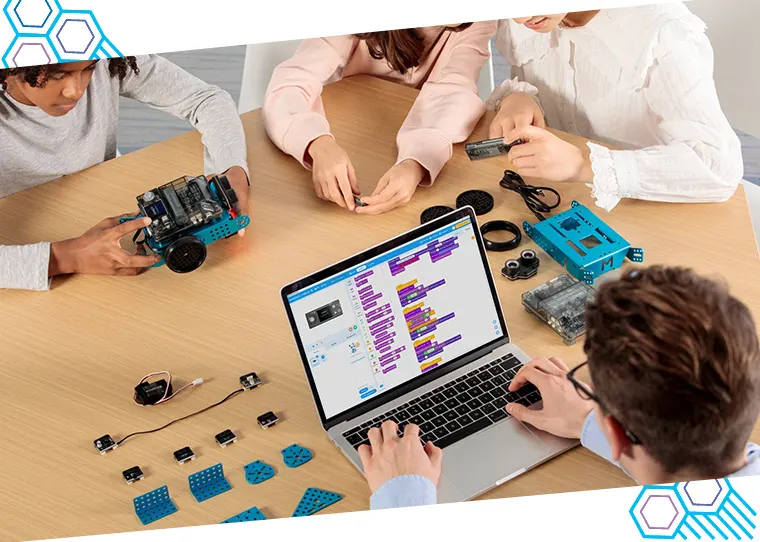
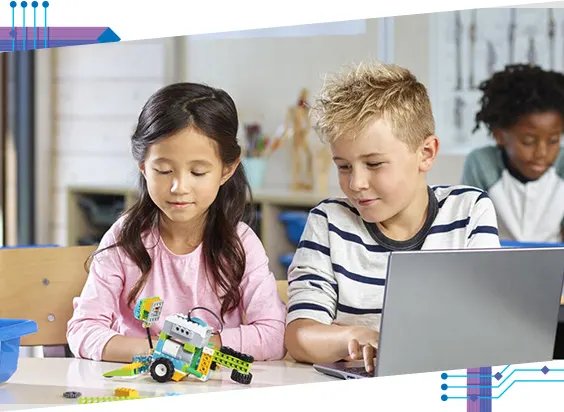
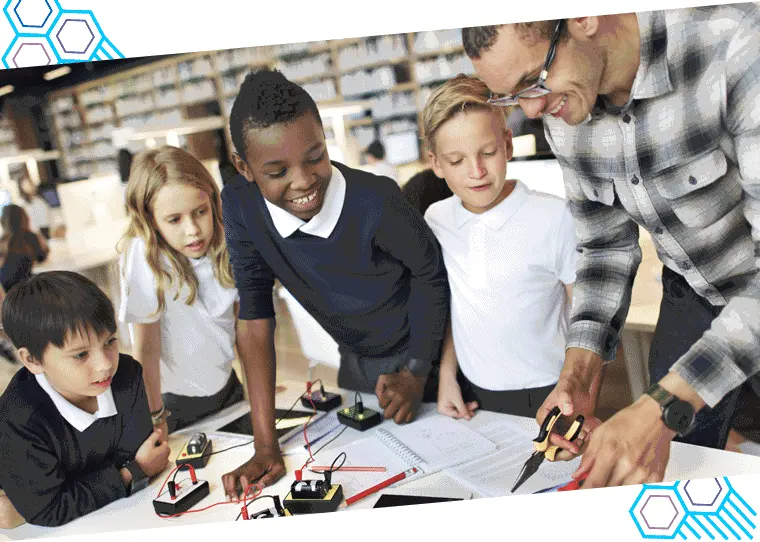
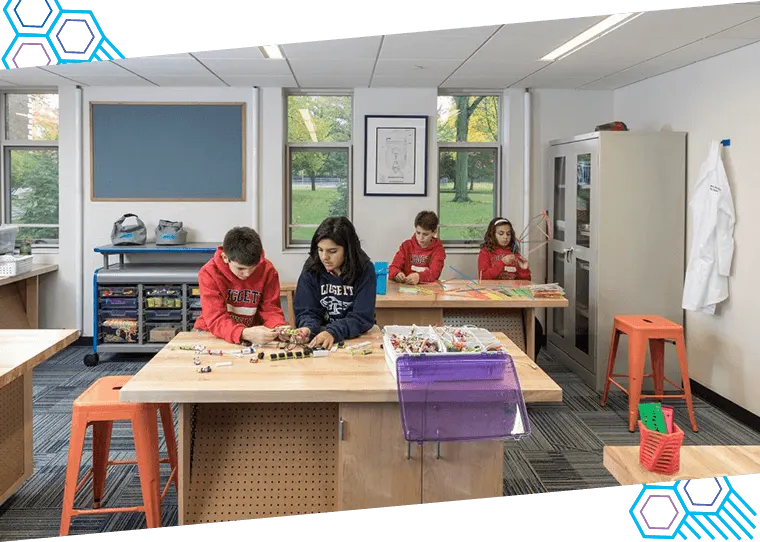
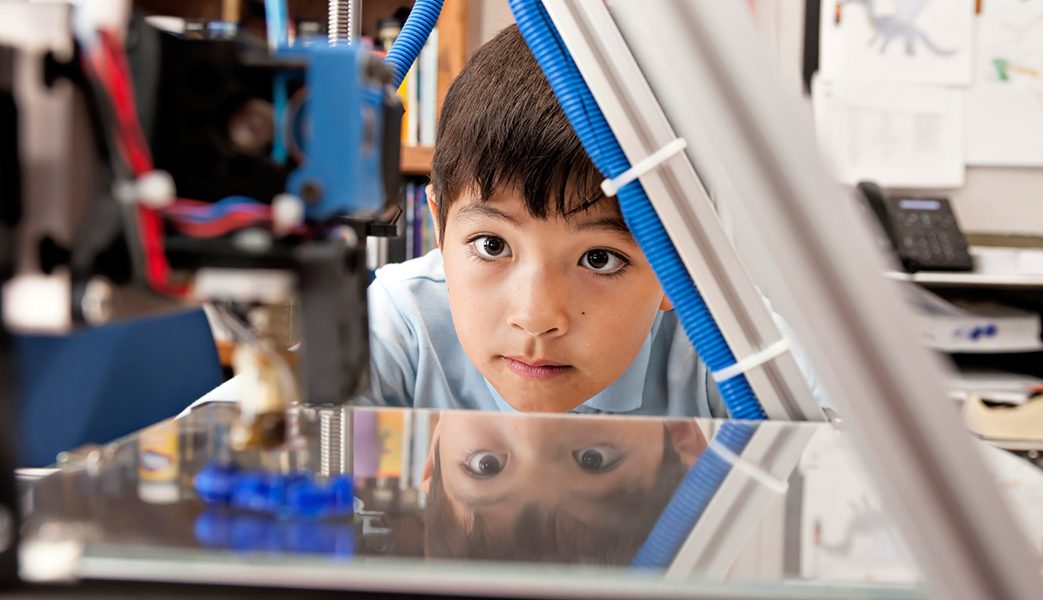

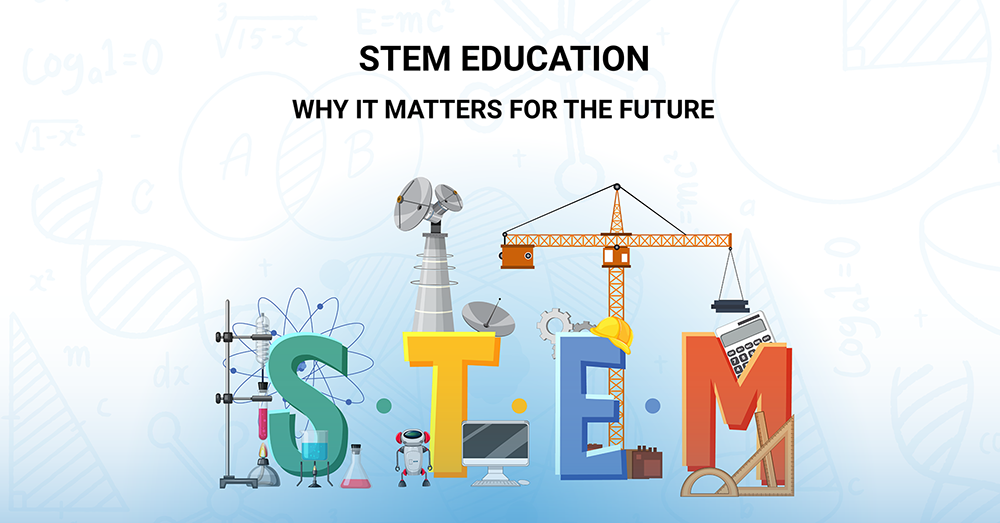
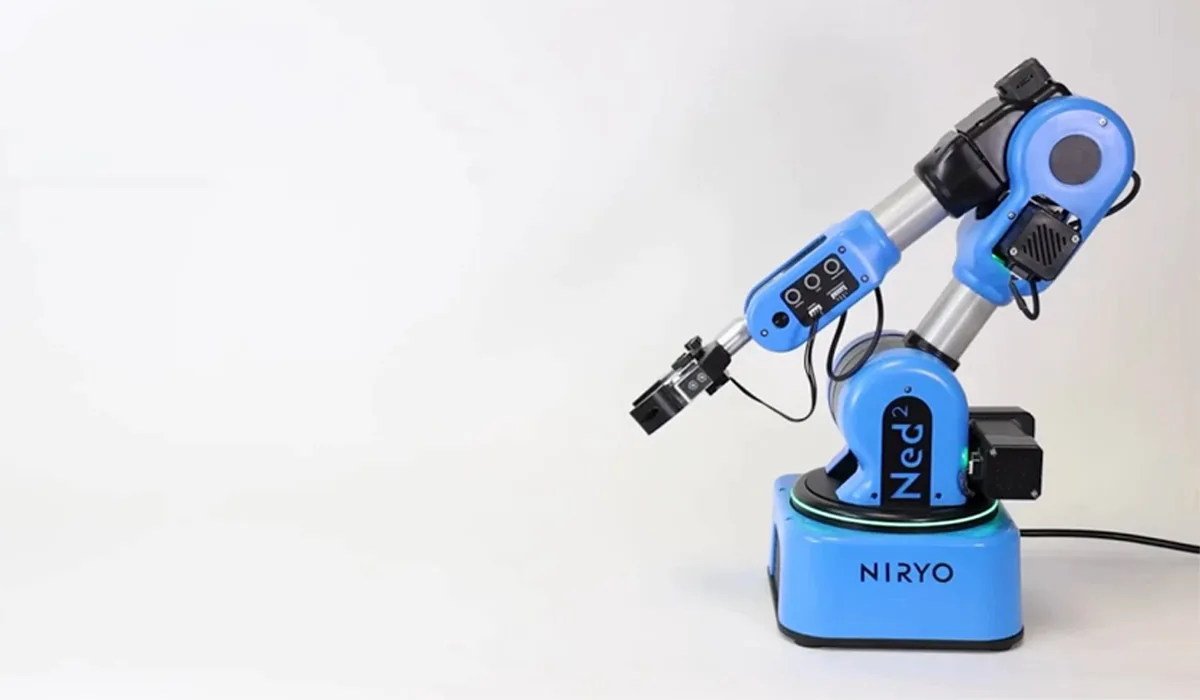


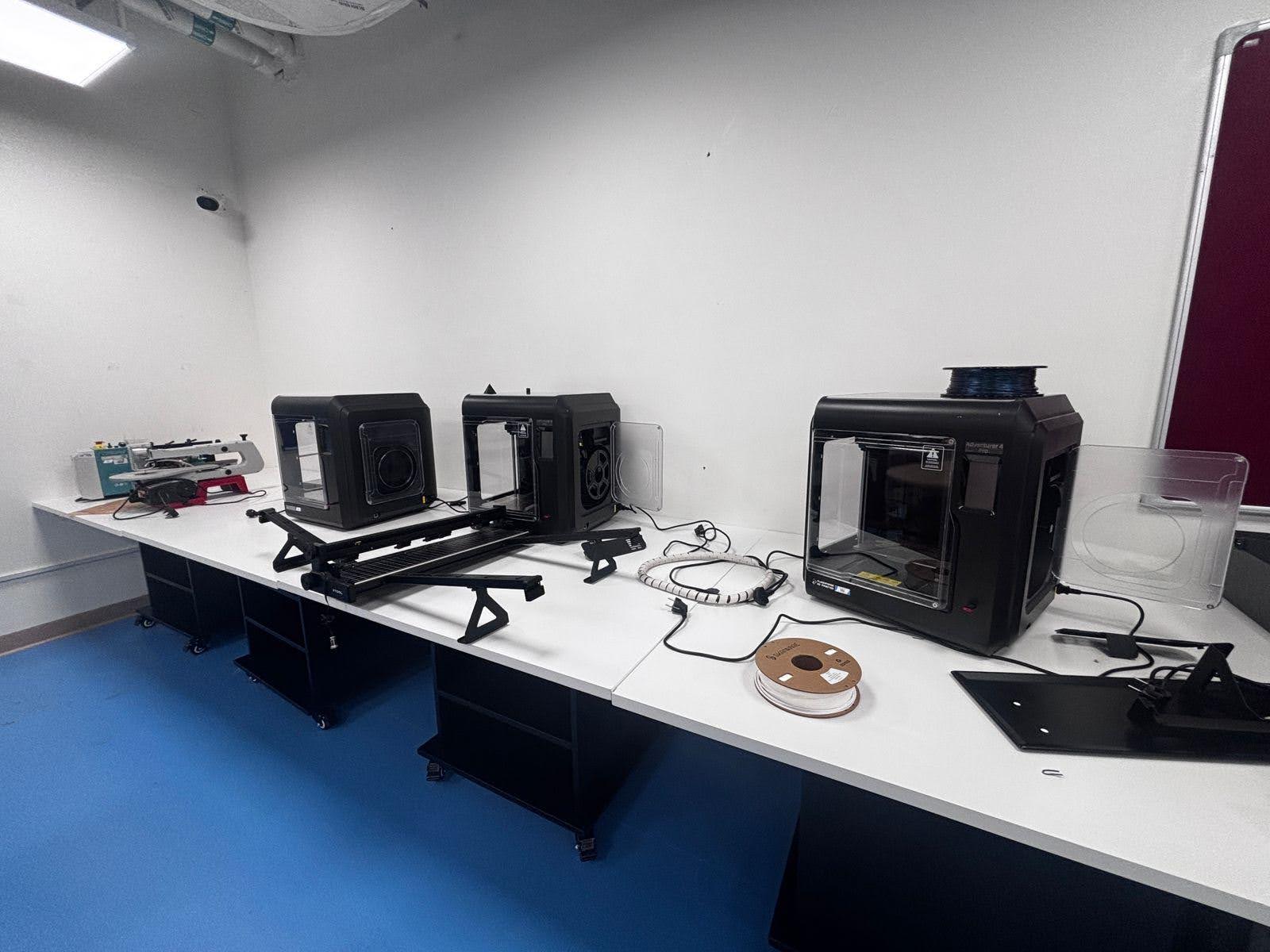
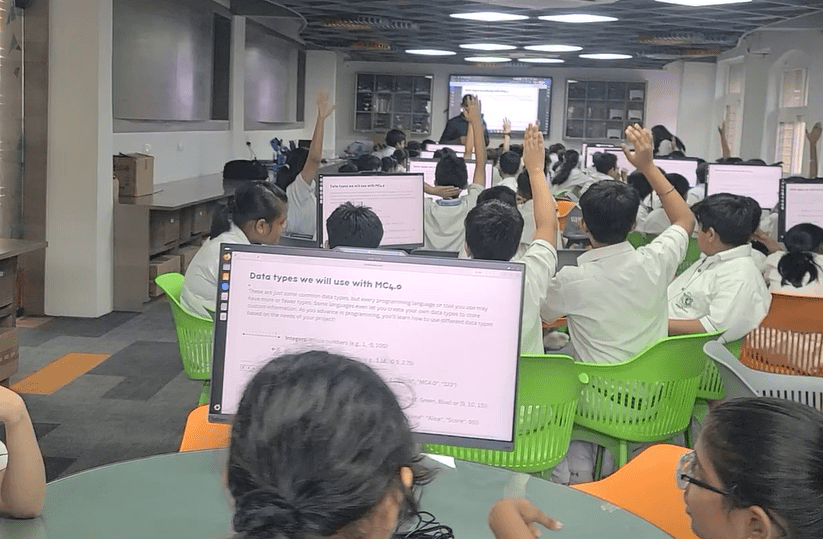
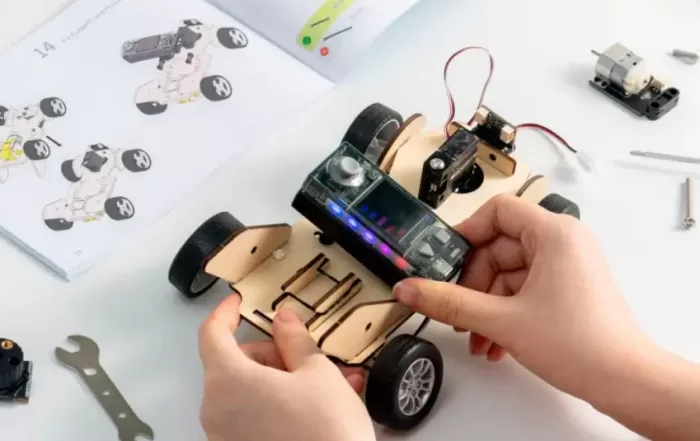
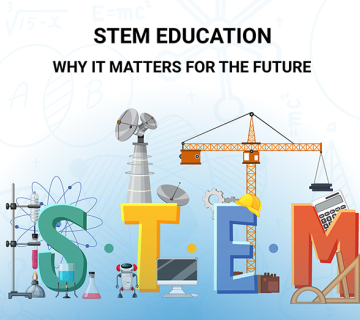
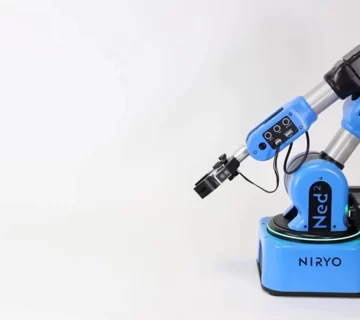


No comment